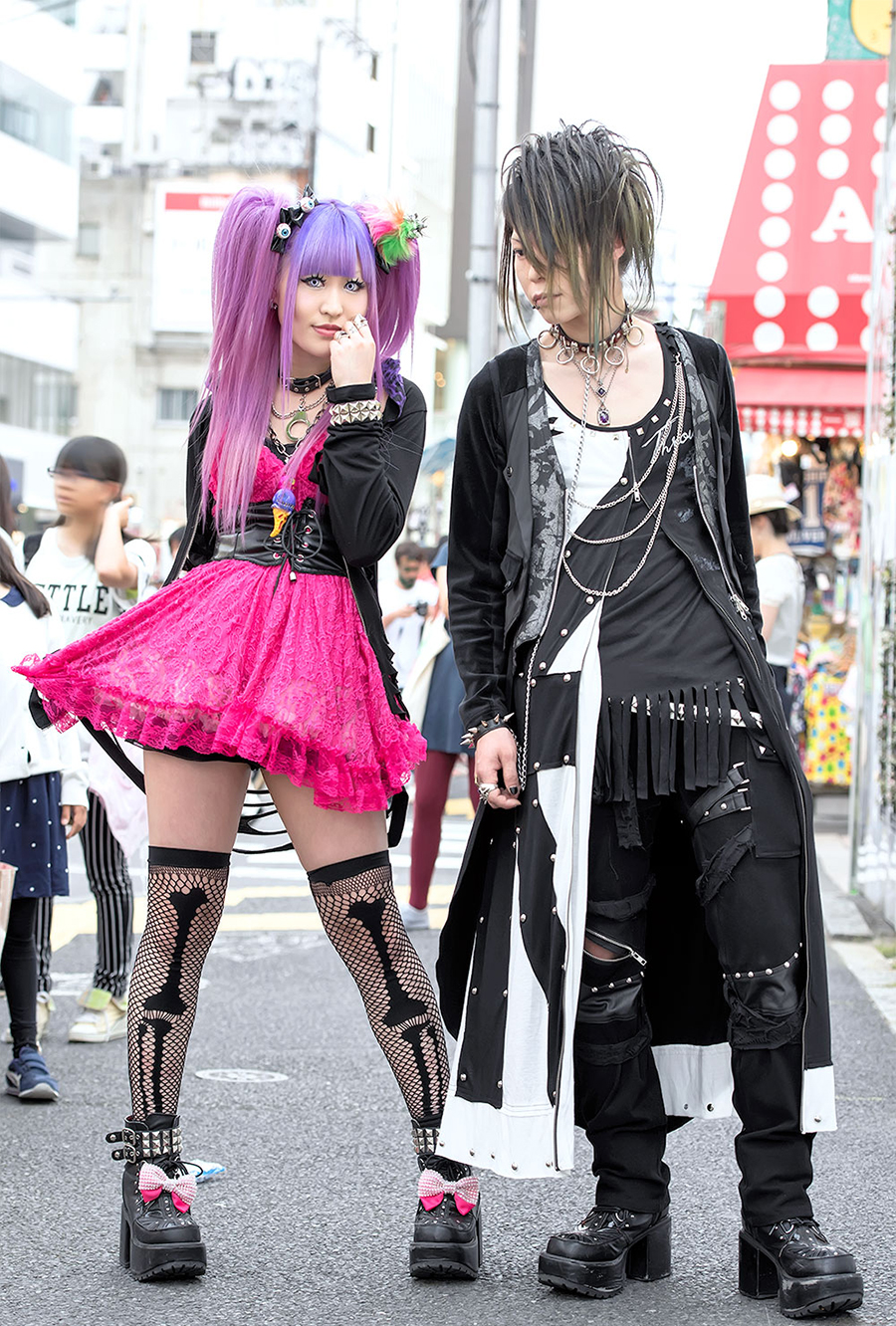No country is more famous for weird fashion than Japan. Many people are already accustomed to lolitas, cosplayers and weeboos, but this is only part of the country’s unusual culture. There are also more niche styles that are rarely covered abroad. It is precisely this strange fashion of Japan and its history that I will tell you today!
Natural habitat
However, there is one caveat that needs to be made first. Most unusual images rarely appear in everyday life. There are special places for them - Harajuku and Shibuya. To a greater extent, however, it is the first territory that is filled with fans of strange fashion. But these are not just any individual events or exhibitions, but entire areas of Tokyo. It so happened historically that it was there that the center of an extraordinary style was formed.
And this was facilitated by... the war. Namely the Second World War. Then soldiers from America began to flood the area, and young people, tired of the closed culture, learned about the West through them.Over time, people idly walking the streets of Harajuku became a separate subculture. It was they who subsequently formed the unique style of the area. By the way, it's time to go directly to it.
Yami Kawai
I'll start with one of the trends that has become popular relatively recently. It's called Yami Kawaii, which means "sick and cute" in Japanese. It immediately seems that we are talking about some kind of psychopaths. Well, it's not like that at all. The first word from the name should be taken literally: unhealthy, wounded, sick. And this is very clearly reflected in clothes.

@The Business of Fashion
The main hallmark of Yami Kawai's style is its unusual accessories. Bandages, plasters, blindfolds, keychains in the form of pills or syringes - this is what is typical for him. Otherwise, Yami Kawaii is similar to pastel goth or lolita style. That is, there is an abundance of soft light colors, shades of pink, delicate and feminine clothing.

@Amino Apps
True, the subtext of this fashion is quite tragic. Japanese culture discourages open conversation about problems, especially mental ones. Young Japanese don’t like this, but they often can’t do anything about outdated attitudes. So the only way to tell the world about your problems is through clothes.
Gyaru
The subculture has many branches, such as kogyaru, ganguro and others. This fashion originated quite a long time ago: back in the seventies or even earlier. However, even now it is quite popular. You can tell a lot from its name alone. The word "gyaru" is a corruption of the English word "girl", that is, "girl". It follows from this that this is a female subculture of imitators of the West.
However, young Japanese women can choose quite radical methods of Americanization.More capable offshoots, like the Kogyaru, simply do not respect the traditions of the country and dress in Western fashion. But ganguro... They are characterized by hyperbolization. Tons of self-tanning, ridiculous stereotypical clothing and behavior, bright hair, strange makeup - these are the things that build their style.

@Papillon Magazine
As you might guess, gyaru fashion is close to the history of Harajuku. Japanese girls were tired of the strict foundations of the country, so they wanted to break the rules and emulate not their ancestors, but foreigners. Because of this and some dark moments in gyaru history, the style is not held in high esteem in Japan.
Visual Kei
Are there punks in the Land of the Rising Sun? In a sense, yes, and they call themselves Visual Kay. Initially it was only a genre of music, but it quickly spread to the clothing of young Japanese people. However, in addition to the typical rocker-punk motifs, this style also incorporated many other elements. Something from Lolita, something from Fruits and it turned out to be quite an interesting mixture.

@Japan Bullet
It can be difficult to recognize Visual Kei right away due to the abundance of different branches. His classic look is characterized by neon, leather clothing, metal, piercings and typical rocker hairstyles. There are lush, gloomy dresses borrowed from lolitas. Or steampunk elements taken from cosplayers. This style, like Yami Kawai, feels especially comfortable today. And all because both of them are characterized by the fashion for face masks. In the case of Visual Kei - leather.

@Unite Asia


 0
0





